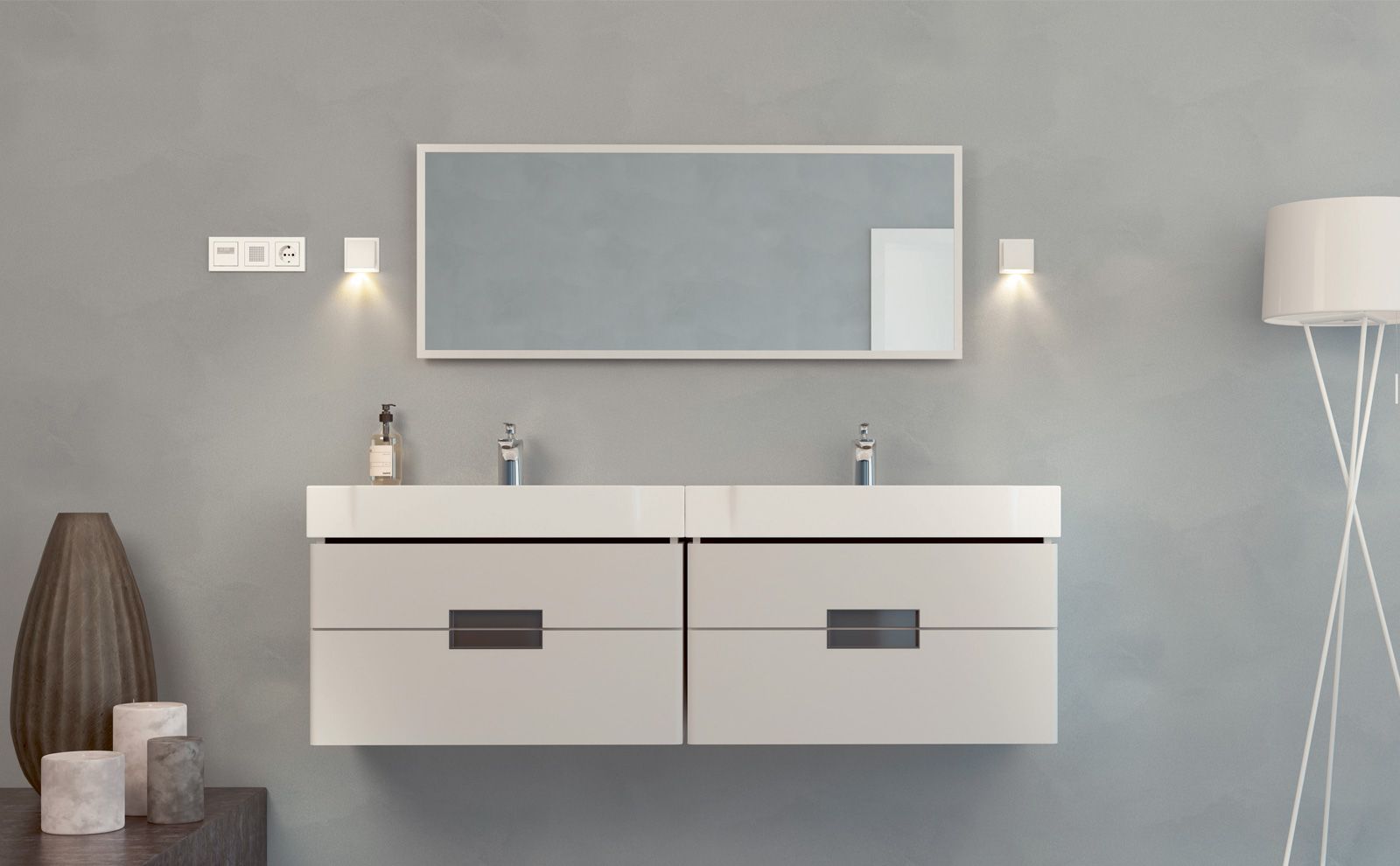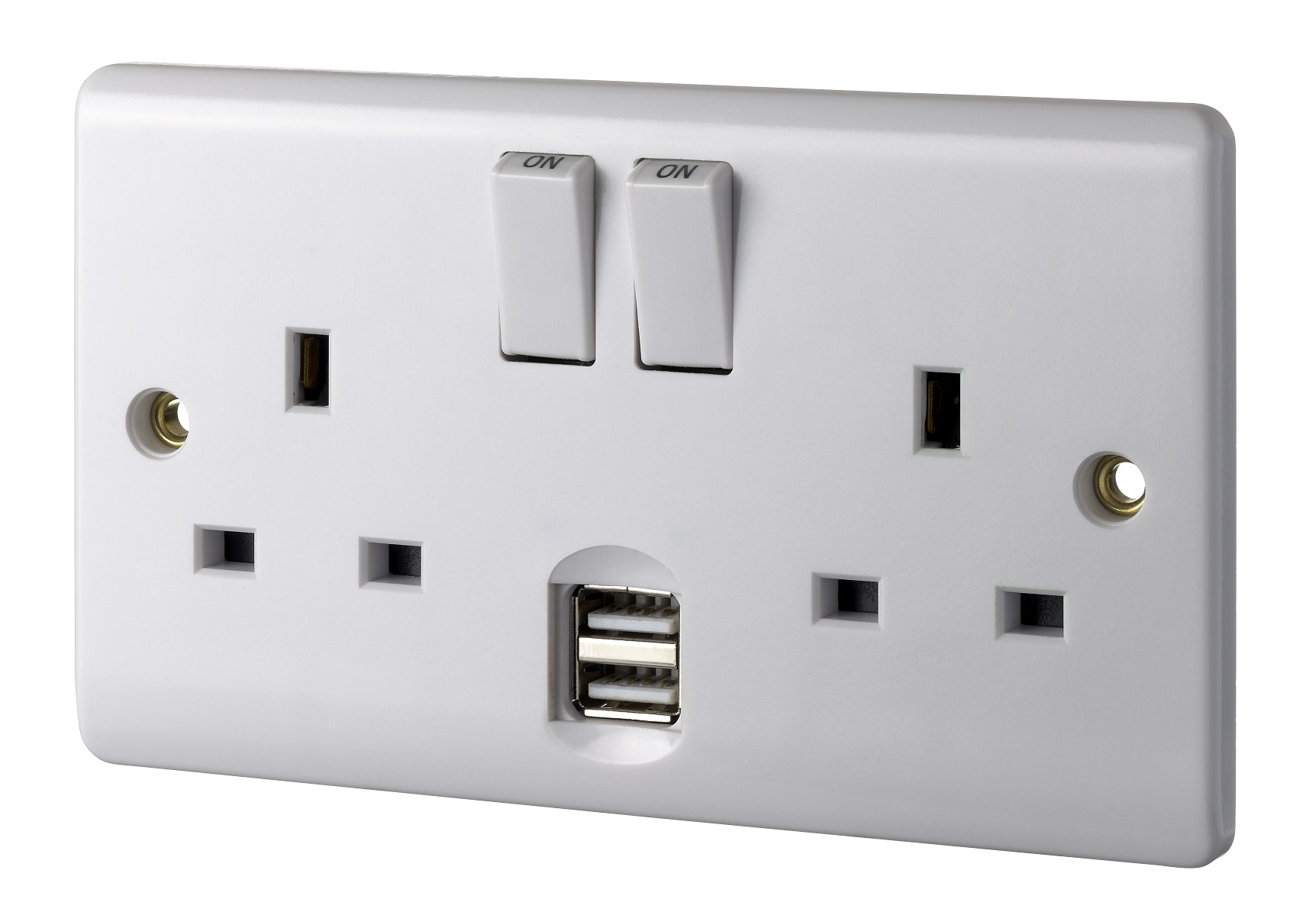Bathroom Wall Plug Socket Design

Bathroom wall plug sockets are designed with specific features to meet the unique requirements of bathrooms. These sockets typically have a sleek and compact design to fit into tight spaces and blend seamlessly with bathroom decor. They are commonly rectangular or square in shape, with a size that allows for easy installation and use.
Bathroom wall plug sockets are an essential part of any bathroom, providing a convenient way to power hairdryers, shavers, and other appliances. However, the placement of these sockets can be a bit tricky, as they need to be located in a safe and accessible spot.
One question that often arises is whether or not the bathroom ceiling should be the same color as the walls. While there is no right or wrong answer to this question, there are a few things to consider when making your decision.
For more information, you can read this article about should bathroom ceiling be same color as walls. Ultimately, the best way to decide is to experiment with different colors and see what looks best in your bathroom. And don’t forget to consider the placement of your bathroom wall plug sockets when making your decision.
The materials used in bathroom wall plug sockets are carefully selected to ensure safety and durability. They are often made of non-conductive materials such as plastic or ceramic, which prevent electrical shocks and fires. Some sockets also feature a moisture-resistant coating to protect against water splashes and condensation.
The bathroom wall plug socket is an essential element for powering electrical appliances in the bathroom. It provides a safe and convenient way to connect hairdryers, electric toothbrushes, and other devices. When installing a bathroom wall plug socket, it’s important to consider the location of the corner bathroom cabinet wall to ensure that the socket is accessible and doesn’t interfere with the cabinet’s functionality.
Additionally, the socket should be installed at a safe height to prevent water damage and electrical hazards.
Safety Considerations
Bathroom wall plug sockets are subject to stringent safety regulations to prevent electrical hazards. They are typically equipped with safety features such as ground fault circuit interrupters (GFCIs) or residual current devices (RCDs), which automatically cut off power in case of electrical faults.
The placement of bathroom wall plug sockets is also regulated to ensure they are not located near water sources or in areas where they could be easily damaged. They are usually installed at least 3 feet away from sinks, bathtubs, and showers.
Innovative Designs, Bathroom wall plug socket
In addition to standard designs, there are also innovative and unique bathroom wall plug sockets available. These sockets may incorporate advanced features such as built-in USB charging ports, motion sensors, or even Bluetooth connectivity.
For example, some sockets feature a built-in night light that automatically turns on when the room is dark, providing a convenient and energy-efficient way to illuminate the bathroom at night. Others have a built-in fan to help circulate air and reduce humidity.
Installation and Maintenance of Bathroom Wall Plug Sockets

Installing and maintaining bathroom wall plug sockets requires careful attention to safety and functionality. This guide provides a step-by-step process for proper installation, discusses the necessary tools and materials, and offers tips for troubleshooting and maintenance.
Materials and Tools
Before beginning installation, gather the following materials and tools:
- Bathroom wall plug socket
- Screwdriver
- Wire cutters
- Electrical tape
- Safety glasses
Installation
Follow these steps to install a bathroom wall plug socket:
- Turn off the power to the bathroom at the circuit breaker or fuse box.
- Remove the faceplate from the existing wall socket.
- Unscrew the mounting screws and pull the old socket out of the wall box.
- Connect the wires from the new socket to the wires in the wall box, matching black to black, white to white, and green or bare copper to ground.
- Wrap electrical tape around each connection to secure it.
- Push the new socket into the wall box and tighten the mounting screws.
- Replace the faceplate and turn the power back on.
Maintenance
Regular maintenance is essential to ensure the safety and functionality of bathroom wall plug sockets:
- Inspect the socket regularly for any signs of damage or wear.
- Clean the socket with a damp cloth to remove dust and debris.
- Tighten any loose screws or connections.
- If the socket becomes damaged or stops working, replace it immediately.
Accessories and Compatibility: Bathroom Wall Plug Socket

Bathroom wall plug sockets, like their counterparts in other areas of the home, require compatible accessories to function effectively and safely. These accessories include covers, plates, and adapters, each serving a specific purpose in enhancing the functionality and aesthetics of the socket.
Covers and plates provide an additional layer of protection against moisture and dust, ensuring the safe operation of the socket. They come in various designs and materials, allowing homeowners to match them with their bathroom décor.
Types of Plugs and Devices
Bathroom wall plug sockets are designed to accommodate a range of plugs and devices, including standard two-prong and three-prong plugs, as well as USB chargers. It’s crucial to match the plug type to the socket to ensure safe and efficient operation. Using an incompatible plug can lead to electrical hazards, such as overheating or sparking.
For instance, a two-prong plug should only be inserted into a two-prong socket, and a three-prong plug should only be used with a three-prong socket. Adapters can be used to convert a plug type to fit a different socket, but it’s essential to choose an adapter that is compatible with both the plug and the socket.